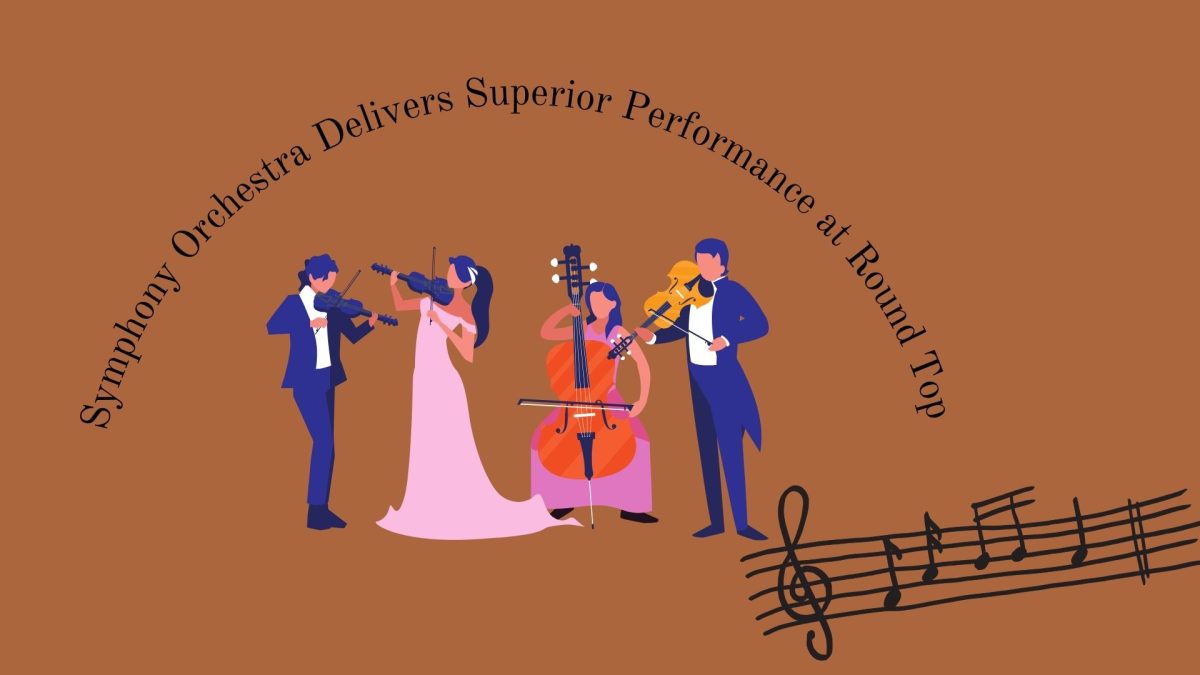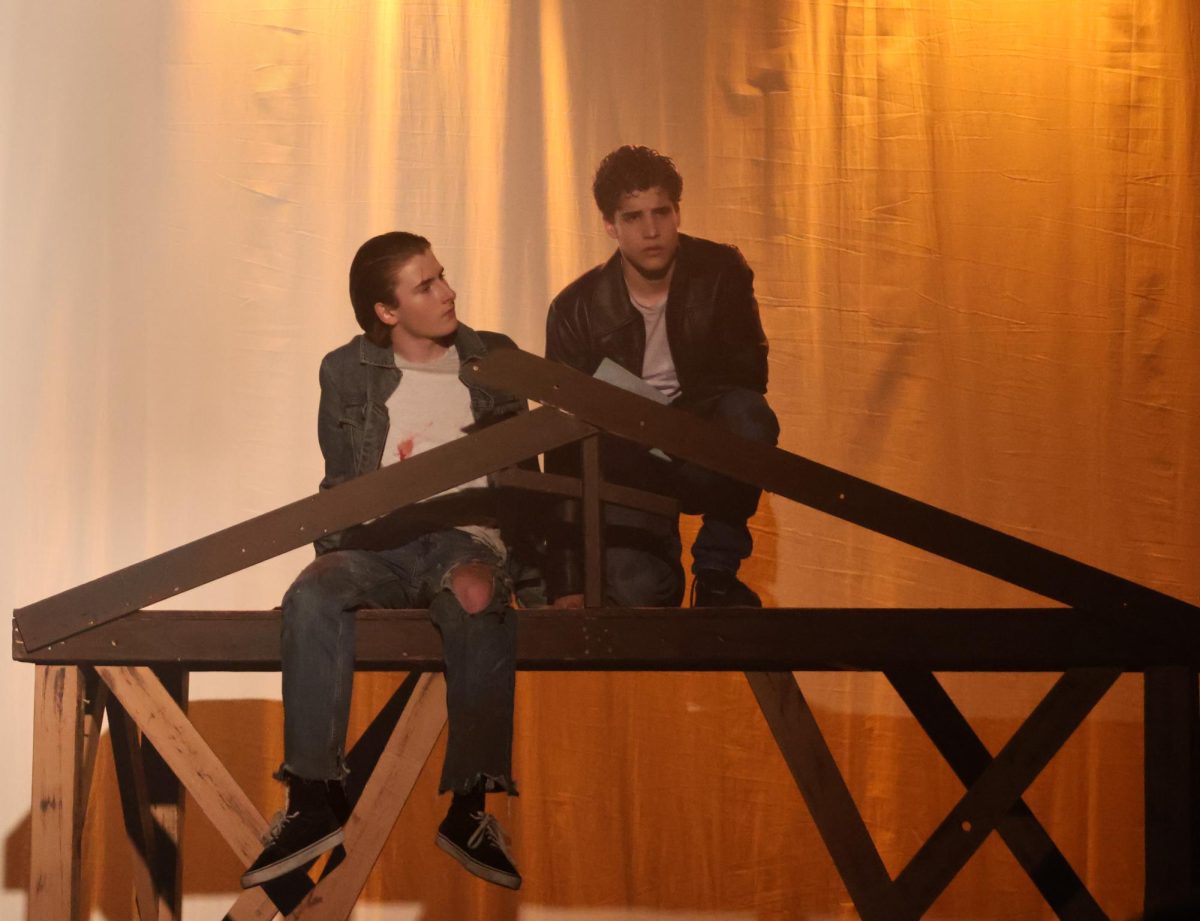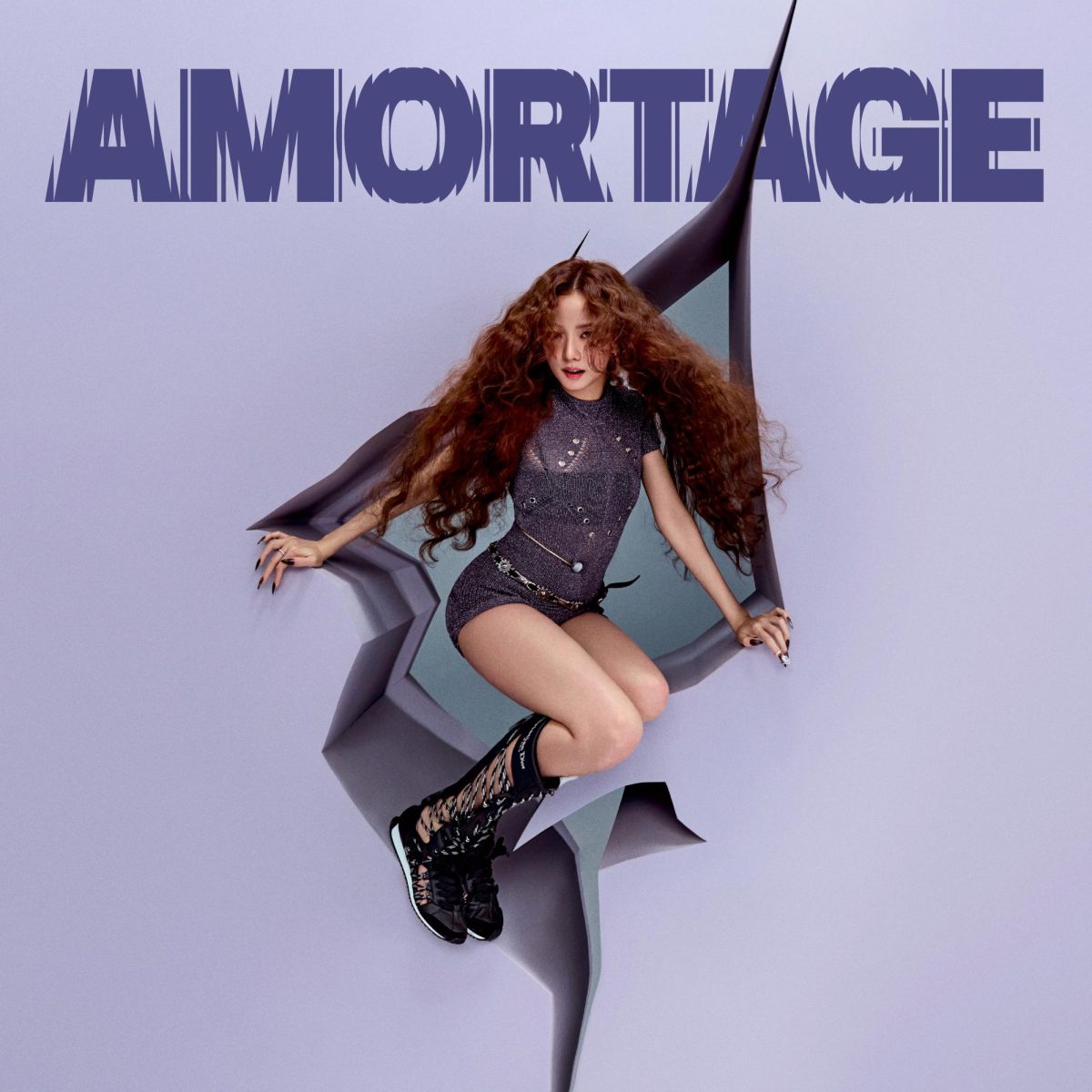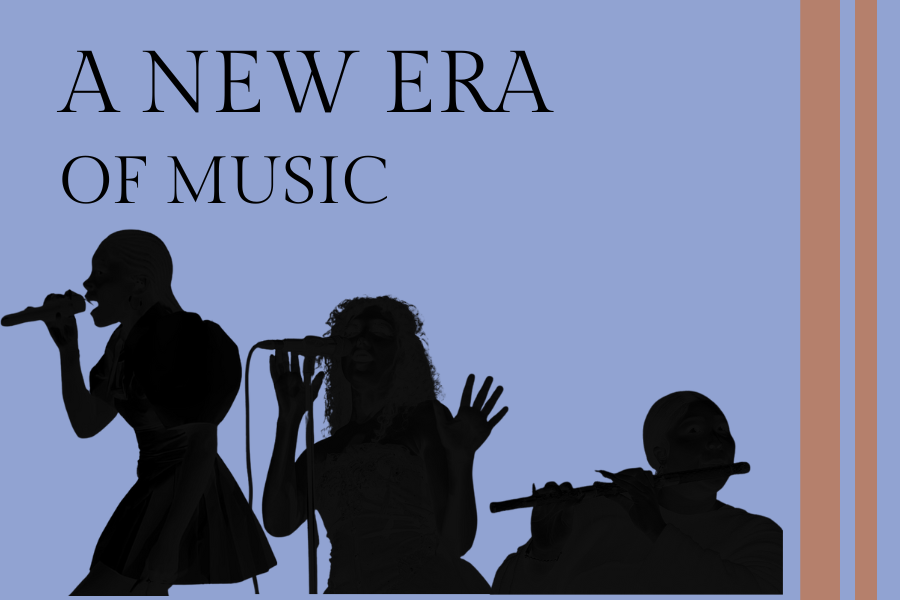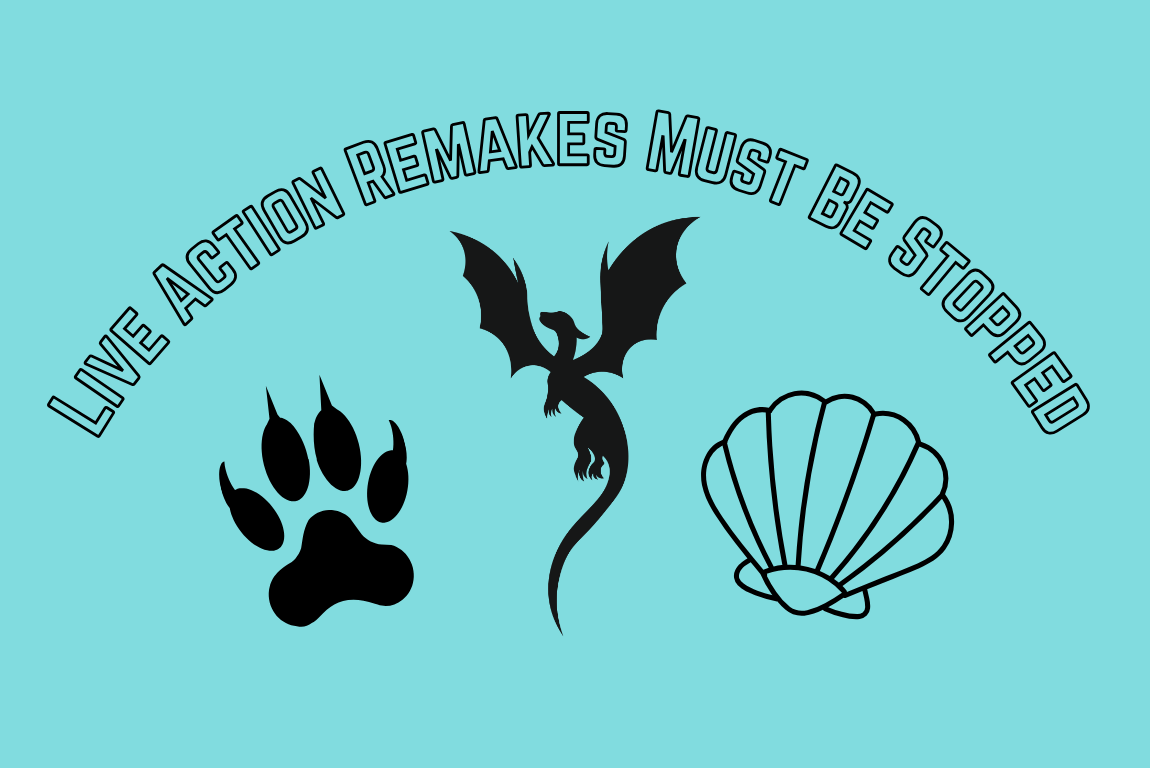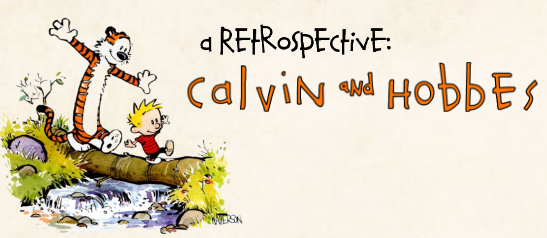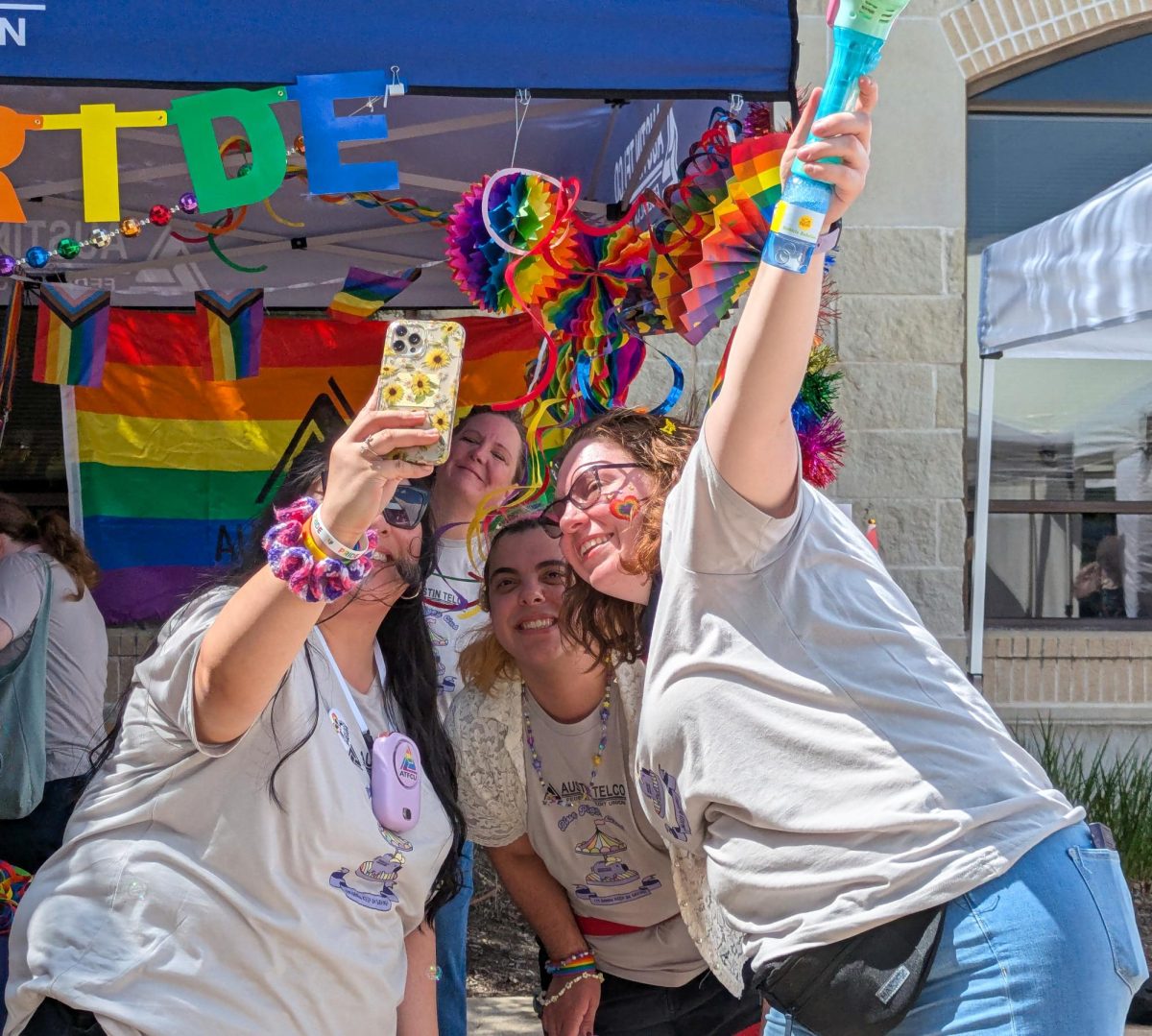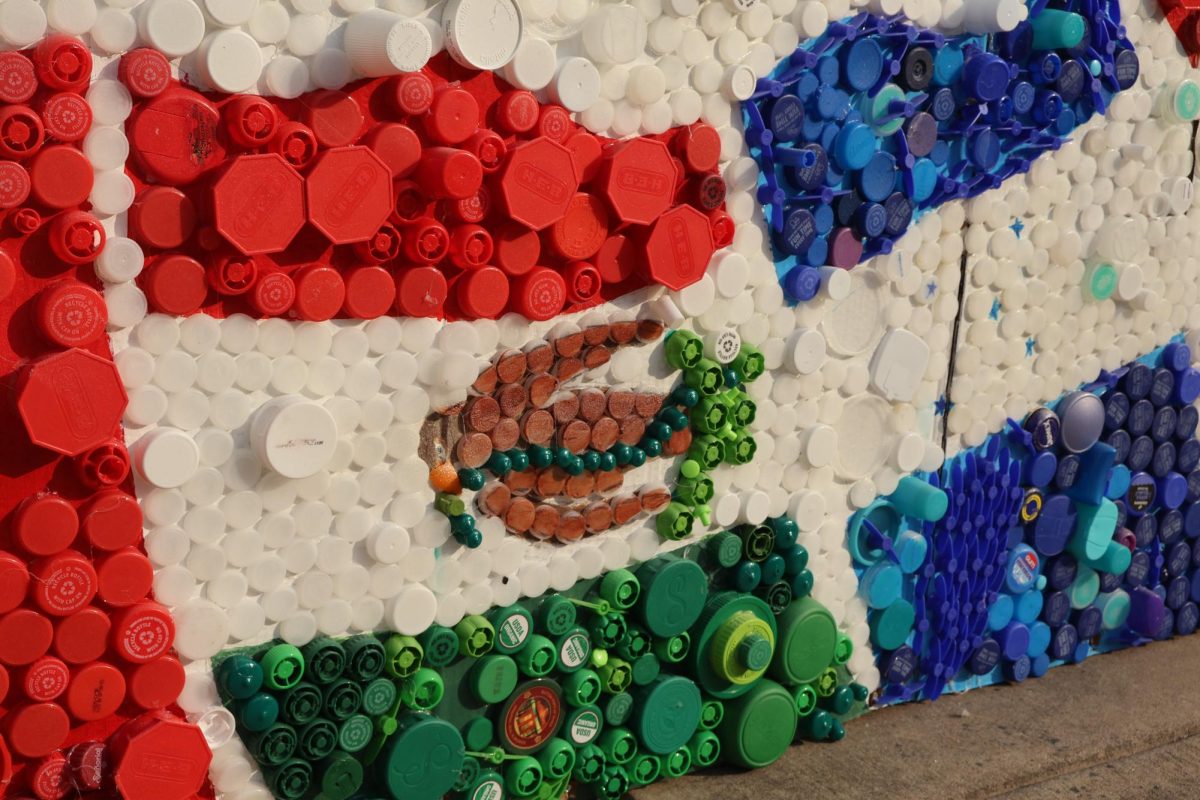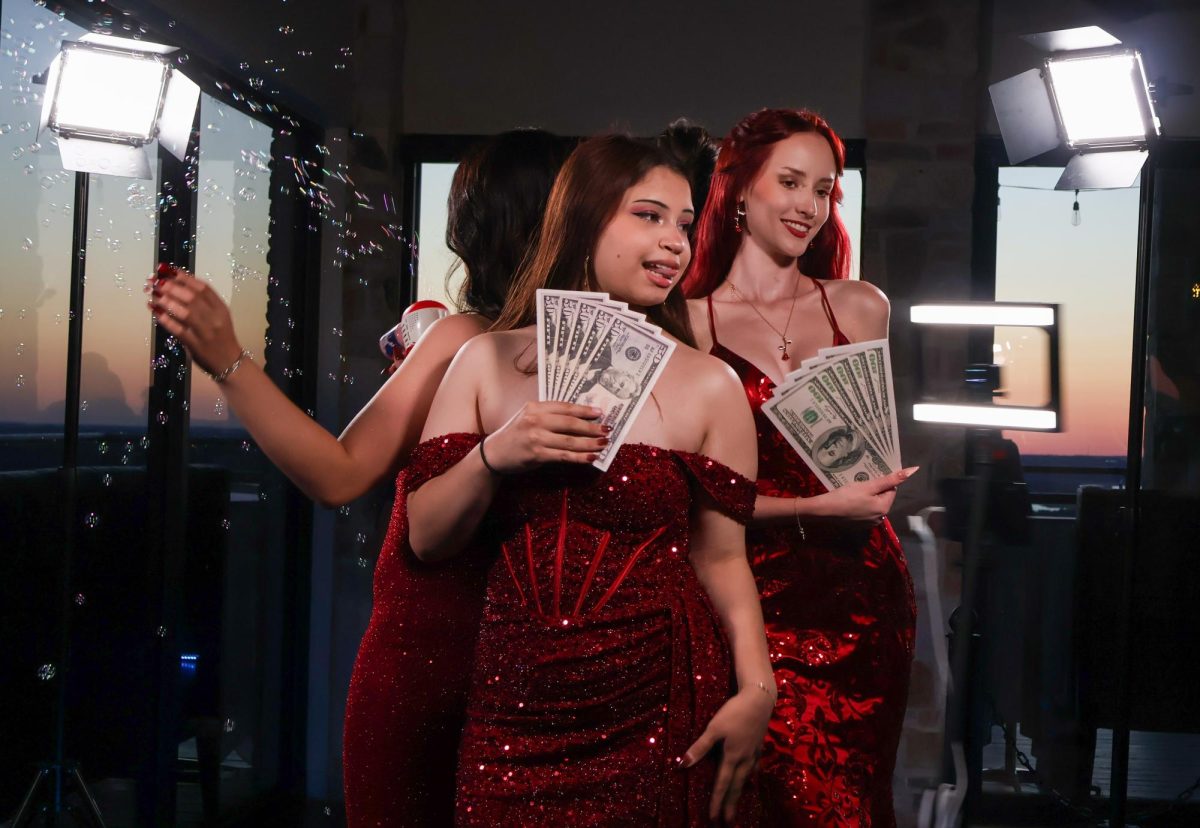“Salutations!” actor Samuel L. Jackson said, dressed as Uncle Sam, as he introduced Kendrick Lamar at New Orleans’ Caesars Superdome for the 2025 Super Bowl halftime show. Over 133.5 million viewers tuned in to watch Kendrick Lamar on the evening of Sunday, Feb. 9, making it the most watched Super Bowl halftime show of all time.
The performance began with an aerial shot of the darkened football field illuminated by popular shapes seen on a game controller: a circle, a triangle, a square, and an X. As Lamar squatted down on the Buick GNX car from his GNX album, he began the show with Squabble Up. Dozens of dancers dressed in red, white and blue joined Lamar, appearing one by one from the car’s back seats and trunk. But even in their patriotic colors, Jackson disrupted the song, yelling “Too loud, too reckless, too ghetto,” asking Lamar if he “really know[s] how to play the game.”
In the performance, Uncle Sam acted as a symbolization of Uncle Tom, a character in the novel Uncle Tom’s Cabin by Harriet Beecher Stowe. In the story, Uncle Tom is an enslaved Black man who is beaten to death for not betraying the whereabouts of other enslaved people. Although in this origin story, he was loyal to his fellow Black people, his character was also seen as subservient and happy with being enslaved in updated versions of the story.
During the 2024 election season, Donald Trump found support among many Black men, and gained more of their votes than any Republican candidate in nearly a quarter century. Samuel L. Jackson’s Uncle Tom was a direct reference to this fact.
As HUMBLE played, the dancers formed rows mimicking the American flag, visually reinforcing Uncle Sam’s critique. At the center stood Lamar, surrounded by Black dancers clad in red, white, and blue, a reminder of the labor that built this country, often against its will. By placing a Black man in a hoodie at the heart of this imagery, Lamar subverted the usual narratives seen on TV, not of broken or lifeless Black bodies reduced to stereotypes, but of strength, resistance, and freedom. This was American symbolism reclaimed through unapologetic Blackness.
Immediately after the flag disassembled, Lamar rapped out the powerful lines of DNA which smoothly transitioned into Euphoria, one of Lamar’s famous diss tracks aimed at Drake. The lights from the crowd seats reflected with the words “WARNING: WRONG WAY”, forecasting a transition in the performance.
Under a streetlight stage set up, Lamar was then joined by an Acapella group singing the background beats of man at the garden, emphasizing the lines “I deserve it all/ Tell me why you think you deserve the greatest of all time.” The song draws on the biblical story of Adam, whose name means “man” in Hebrew and parallels Lamar’s own struggles with ambition and ego. Just as Adam desired the forbidden fruit despite paradise, Lamar grapples with wanting to be the greatest of all time, even as he questions his own worthiness in American society. The nation prides itself on being a land of opportunity, yet it punishes ambition when it comes from the wrong people. Just as Adam was cast out for reaching beyond what was permitted, Black artists, athletes, and leaders are often chided for wanting more, for claiming their place in history. His somber delivery of “I deserve it all” reflects both his hunger for success and the guilt of never feeling satisfied, mirroring Adam’s regret after exile from Eden. In the end, even God’s whisper of “You deserve it all” feels more like a challenge than a reassurance.
“Score keeper, deduct one life,” Jackson interrupted again. Utilizing the four sections of the X console of the game control set up, Lamar immediately launched into peekaboo with dancers dressed in white. At the end of his verse, he talked to his dancers, saying “Ladies, I want to make a move. I want to perform their favorite song.” As they asked what song, the introduction of Not Like Us filled the stadium, which was then stopped immediately. “I wanna play their favorite song but you know they love to sue,” Lamar told the female dancers behind him, referencing Drake and his label for their legal actions.
Defying the expectation to perform Not Like Us, the performance shifted to a calm beat, with SZA’s appearance on stage for Luther and All the Stars. The choreography was less intense and looser, reflecting the constraints often placed on Lamar’s artistic expression by mainstream audiences and industry expectations. This was the performance America preferred: controlled, digestible, non-threatening.
“That’s what I’m talking about. That’s what America wants — nice and calm,” Jackson said. “You’re almost there, don’t mess…” Before he could finish, the unmistakable beat of Not Like Us cut him off, leaving him speechless as he exited.
Jackson’s role throughout the performance evoked characters he had played before: Dolmedes in Chi-Raq, and the house slave Stephen in Django Unchained. His exaggerated gestures and patriotic navy top hat, made ornate with stars and stripes, recalled the deformed imagery of minstrel shows, where Blackness was commodified for white entertainment. The parallel to Bamboozled, Spike Lee’s searing critique of minstrelsy, was hard to ignore. Lee’s production company, Forty Acres and a Mule, was a reference to the broken promise of amends that still is present in America’s racial history.
“Forty acres and a mule—this is greater than the music,” Lamar responded as Not Like Us continued. “They tried to rig the game, but you can’t fake influence.”
By citing “40 acres,” Lamar alluded to Field Order No. 15, which was a promise to allocate 400,000 acres of land once owned by Confederates to former Black slaves. The promise was broken when Andrew Johnson, Lincoln’s successor, overturned the order in 1865.
Lamar spoke directly to his audience, not only dissing Drake but calling out to America, to reunite and revive our weary, burned-out spirits. As Lamar and the dancers moved in sync, an aerial shot revealed Compton written in braille, a tribute to his hometown.
What made the performance even more significant was the surprise appearance of tennis star and Drake’s ex-lover Serena Williams. More than just a celebrity cameo, her presence carried deep symbolic weight. Like Lamar, Williams has faced relentless scrutiny for her unapologetic Black excellence in spaces traditionally dominated by white figures. Her powerful “Crip walk” on stage acted as celebration of Compton and a response to the racist backlash she faced after performing the same move following her 2012 Olympic gold medal win.
As the final track TV off played and Lamar was joined by his producer Mustard, the “GAME OVER” lights in the crowd signified how Lamar himself is ready to move on from this battle. However, it also ties together his theme of revolution perfectly. The “game” that Jackson referenced earlier on with the gamification reference, all point to the struggles and politics at play in America. With his closing message, Kendrick signaled that it was time for the games to end and for the people to rise up. As he said at the beginning of the performance: “The revolution is about to be televised; you picked the right time but the wrong guy.”






